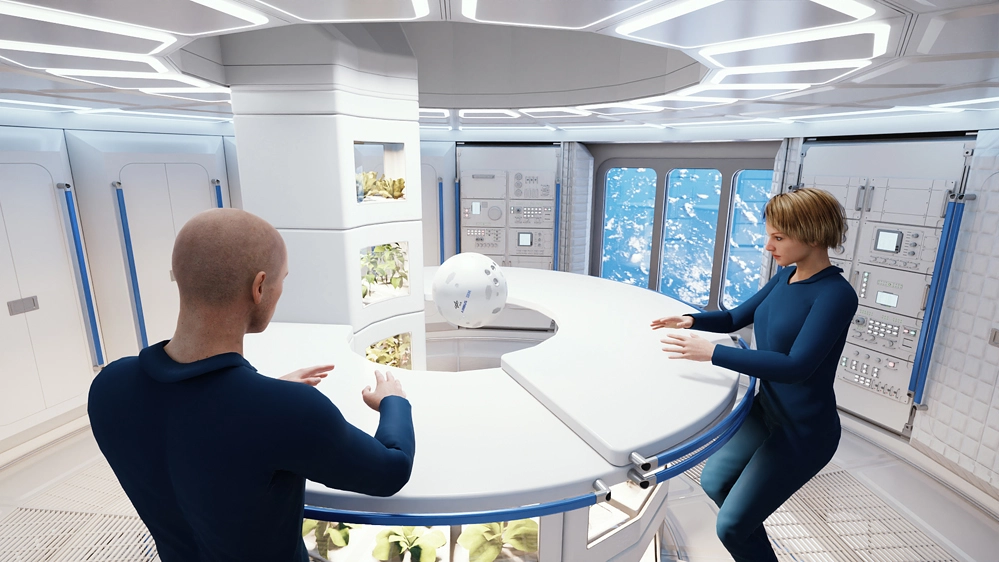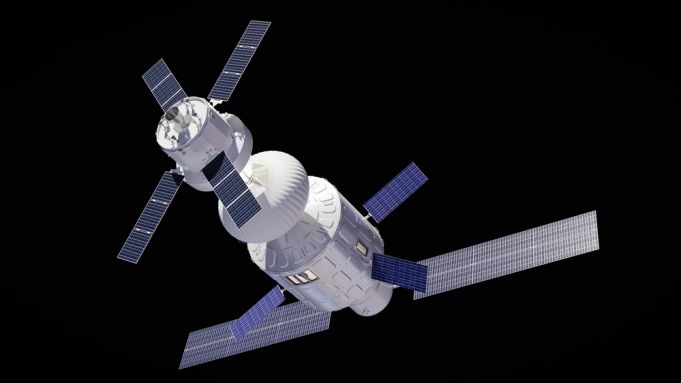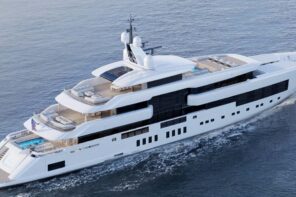NASA intends to destroy the International Space Station by crashing it into the Pacific Ocean in early 2031, but fear not—Airbus has created a chic replacement.
This week, the world’s largest aerospace company unveiled a fresh idea that might serve as a worthy successor to the ISS. The Airbus Loop orbital module could accommodate four astronauts in lunar or low-Earth orbit. It might even assist upcoming Mars missions.
The Loop was created to provide space travellers with the most entertaining and comfortable long-term stays conceivable. The ship, which is 26 feet long and wide, provides a lot of space on three decks.

The Habitation Deck can temporarily be set up to sleep eight people if necessary, but it is designed to house four astronauts. There is a gym available in the crew quarters as well. The third deck is home to a centrifuge that can replicate gravity in space to lessen the strain of weightlessness on the body, while the Science Deck is packed with all the equipment required for research. A central “tunnel” which serves as an amazing greenhouse connects the decks.

Additionally, the modular design can be modified according to the mission. The option to combine multiple modules into a larger station with more decks is also available. In addition to being compatible with all contemporary crew and cargo vehicles, according to Airbus, the craft may also readily fit with other future infrastructure.

The Loop, which has a hard outer shell, can be launched into space in its whole when used with the newest super-heavy launchers. As a result, once it is in orbit, it is immediately operational and prepared to receive humans.
The current ISS, which was launched in 1998, is well past its 15-year life expectancy and has grown fairly sluggish. Deorbit has been planned for January 2031 as a result. The retirement of the ship does, however, make room for a modern construction even though it signifies the end of an era. Airbus claims to be working with partners around the world to “actively shape the future of human spaceflight,” but the company has not yet provided any other information regarding the Loop’s launch. However, it does have seven years to build it.





